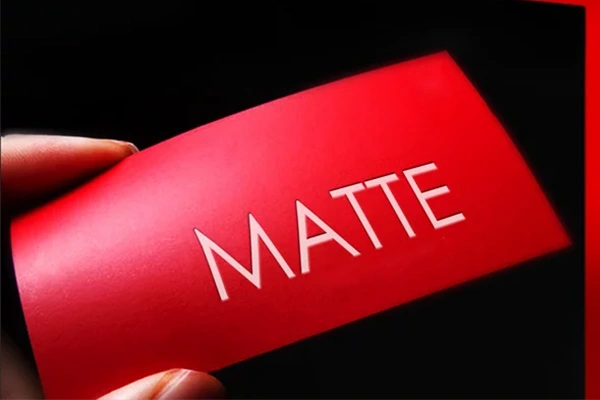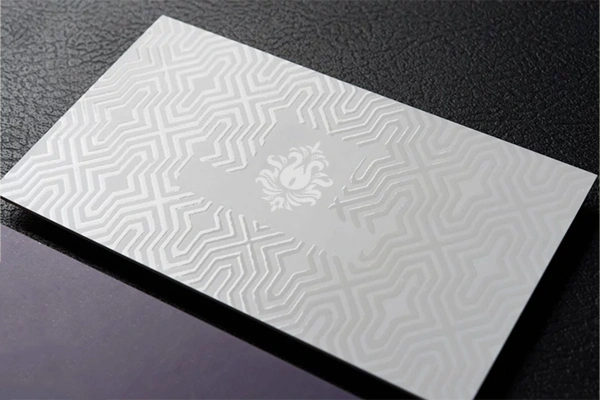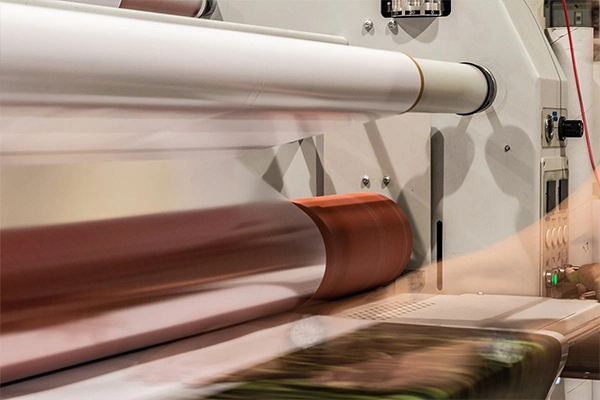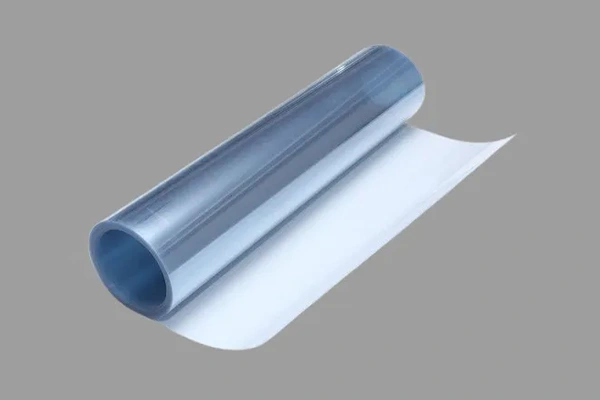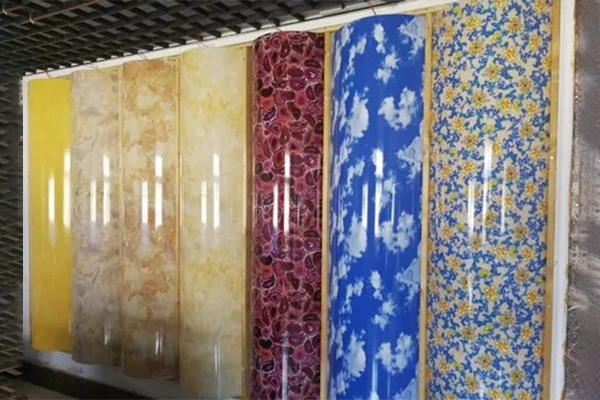6 Important Types of Lamination You Need to Know!
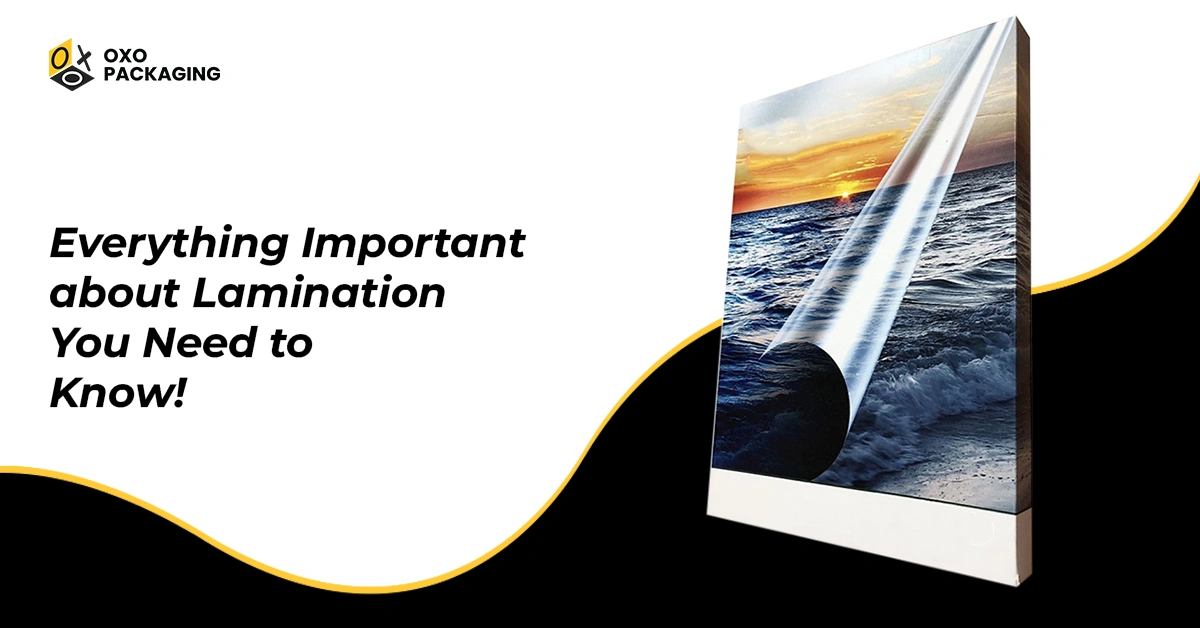
Lamination is a process that protects and increases the durability of the surface on which it is applied. It is obtained by adding two layers of different materials to increase the strength and life of the protective surface, printing area, and designs.
Lamination is a plastic layer applied to the printed area or textured surfaces, mainly paper, cards, or other materials.
Printing designs, improving the outlook, and presenting the printed jobs are the desired outcomes of lamination finishing techniques. It increases the value of all those works, jobs, and surfaces that are benefited from lamination.
Lamination has become almost necessary for all the industries directly or indirectly involved in printing and packaging, or both. With time, its use is increasingly in demand all around the world. That is why the need to write the types of lamination is felt and why this blog is written.
It is, in fact, the art of protecting the surface from many harmful and damaging factors.
Objectives of Lamination
The wide usage of lamination in many industries is to protect and increase the products' outlook and durability. It is not limited to the printing and packaging industry. It is widely used in many industries, like construction, wall flooring, kitchen decoration, etc.
Your printing designs and works require protection, and here is the lamination to work for you. It gives them a new life and increases the durability of your printed collateral. It performs all these functions with a protective plastic layer and coating of different materials.
Lamination protects your printed work in many ways, including protecting printing design and jobs from scratch, damage from liquid, and UV light protection. It also protects from the harm and damage caused by water, stains, and sun. High-quality packaging solutions providers use lamination in the most suitable way to increase the benefits of this technique.
This protective layer of lamination also increases the look and feel of the printed work. The game is not over; here are some types of laminations that can give your tasks a different and amazing look:
6 Important Types of Laminations
There are many types of laminations available to take advantage of them. Six of the most important types are discussed here:
Matte Lamination:
One of the most effective and primarily used finishing techniques of lamination is matte lamination, sometimes called flat lamination. It is a non-reflective and versatile finishing technique.
This technique can sometimes give your printed work a variety of looks, like a premium look, a rustic look, or a simple look. It all depends on the requirements of your designs and printing work.
This lamination is elegant and sophisticated. It gives a natural and softer look, though costly compared to glossy finishing.
Soft Touch Lamination:
The soft-touch lamination is a second-to-none finishing technique. It has a velvety or suede-like texture and has more strength due to the double layers of coating and lamination. Its soft exterior, superior quality, and special matte film coating give the finishing a premium smooth, natural, and premium look.
This finishing technique is primarily meant to give your surface a premium look. It is used to give your surfaces a tactile and luxurious feel. It is costly among other lamination options.
Dry Lamination:
Dry lamination uses heat and pressure to make it active and applied to the surfaces it is required to give effect to, which is applied to the plastic film. It is also called the dry bond lamination as it uses adhesive in the form of film or powder. This finishing technique and the lamination process are done by passing the lamination layers through heated rollers.
Wet Adhesive Lamination:
This lamination type, or the finishing technique, uses liquid adhesive to bond the two layers together. The adhesive is used in one layer, and then the pressure is applied by adding the two layers of the materials that are to be bonded together.
Gloss Lamination:
One of the most commonly used finishing and printing-protecting techniques is gloss lamination. It is a thin layer of plastics on the printed area that saves the printing designs and work from many factors, like fingerprints left on the surface of the printed area, or it can save the laminated area from dirt and dust.
Gloss lamination enhances the appearance and durability of the printed surface. It is a comparatively cost-effective and attention-grabbing finishing technique as it enlightens the printed designs and works by giving them extra shine.
Decorative Lamination:
Decorative lamination is a technique that protects and increases the durability of printed designs and works and enhances the look, charm, and aesthetic appeal to the viewers. It is used to make the surface more attention-grabbing and eye-catching.
Examples of Most Commonly Laminated Work
Lamination is the need and requirement of various industries, like wallpaper, furniture, printing, and packaging. Talking about the printing and packaging industry, it is most commonly being used in the following printed products:
- Posters
- Brochures
- Books titles
- Flyers
- Menus
- Maps
Lamination Effect on Printing and Packaging Solutions!
Lamination is advantageous and assertive in protecting surfaces from harmful factors like water resistance. However, it is highly beneficial for the printing and packaging industry. Marketing collaterals are potent sources of brand image boosting and product differentiation. Lamination addresses and provides the best solution to the problem.
As discussed above, Lamination entertains business entities, especially SMEs, in many ways to stand out in the crowded market and tough business competition today. It enhances the charm, looks, and beauty of the printed work. With various types, the lamination increases the attraction of potential customers and buyers.
Conclusion!
Lamination is a finishing technique that can improve your outcomes in printing, packaging, and any other surfaces with their protection, attraction, and durability. These finishing techniques may differ; interestingly, any method can give the same benefits yet provide some unique features.
You can take full advantage of different types of lamination by placing your order with us. Share your requirements to get a custom quote. Enjoy free design support and free shipping all over the USA!

